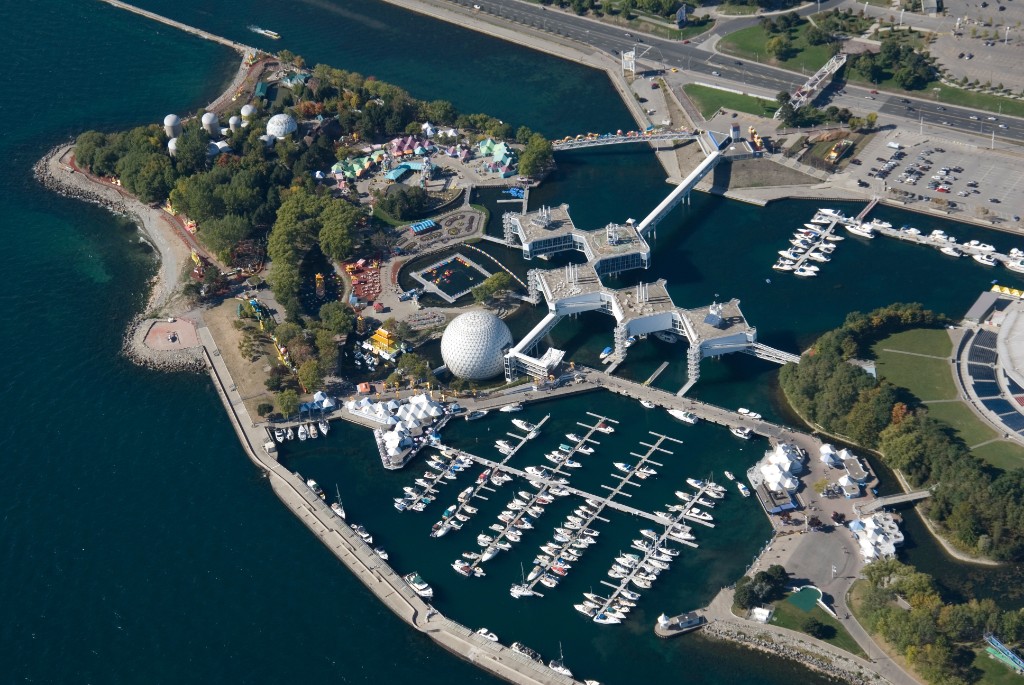September 13, 2023 | premises liability Claims
Winter Maintenance at Your Residential Property
Table of Contents
Slip and fall accidents resulting from hazardous wintry conditions can lead to life-changing injuries. That is why property owners should be vigilant in proactively minimizing risk to persons making use of their property, especially in the winter months. Failure to do so could mean exposure to civil liability.
The Occupiers’ Liability Act outlines the basic requirements for homeowners in regards to the safety of others. Homeowners must take steps to ensure that persons entering their property are reasonably safe while on their property. According to the legislation:
3 (1) An occupier of premises owes a duty to take such care as in all the circumstances of the case is reasonable to see that persons entering on the premises, and the property brought on the premises by those persons are reasonably safe while on the premises.
In terms of winter maintenance, homeowners must take timely steps to ensure that traveled areas of their properties are free of snow and ice. These steps can either be undertaken by the homeowner personally or contracted out to a professional.
Liability for winter accidents is assessed on a case-by-case basis. A Court will analyze various factors to determine what could be considered reasonable in the circumstances. The bottom line, though, is that complacency – failing to either carry out your own winter maintenance or hire a professional to do so on your behalf – could lead to liability.
Property Considerations
As a rule of thumb, a property with greater accessibility and higher foot traffic will require a higher standard of winter maintenance. Any elements of a property that are publicly accessible, including driveways or walkways, must be kept reasonably safe.
When thinking about the maintenance you may be responsible for conducting each winter season, it is important to use foresight. Consider who might be entering your property, where pedestrians might make use of it, and which areas require snow and ice removal.
If food and newspaper delivery agents, family members, friends, and other guests walk onto your property from a public road, what paths might they use to access your premises? How will they travel to your front entrance if they park in your driveway? Would they have any reason to use a side or rear entrance? Is the side or rear entrance accessible to the public? Do any of your visitors have accessibility needs, such as mobility issues or visual impairments?
These are important considerations to take into account when assessing the type of winter maintenance your property requires. It is unsafe to assume that visitors to your property have foreknowledge of your property’s winter conditions and experience traversing them.
Weather Monitoring And Inspection Obligations
Winter maintenance obligations fluctuate with the weather. The obvious events requiring maintenance are precipitation, like snow. But this is not the only event that could necessitate taking action. The following are a few common events that require steps to be taken:
- Freeze-thaw cycles: These exist when temperatures rise above zero and then drop back below the freezing point again. This can cause accumulated snow or ice to melt and then re-freeze.
- Windy conditions: The wind can move accumulated snow into previously maintained areas, spreading or removing previously applied salt, sand, or de-icer.
- Snow accumulation from foot traffic: Areas of foot traffic can move snow from one location to another, thereby necessitating further maintenance.
Prudent homeowners should regularly inspect their property for dangerous conditions. Because of wind and snow drift, surface conditions are always changing. Ground temperatures can vary from air temperatures. On top of that, every property is unique and faces its own set of winter-related challenges. There is no standardized timeline or procedure for maintenance; everything is dependent on the conditions of the property itself and the ever-changing weather.
Since the weather is constantly changing, it is unwise to rely solely on public weather monitoring stations. Weather forecasting services are far from perfect. Hazardous conditions can occur when they are least expected. That is why it is important to remain vigilant and conscientious.
Snow
If you live in an area with heavy snow accumulation, it is important to consider where the removed snow is going to be stored or piled. Ask yourself if this storage location will be maintainable during a period of above-average snowfall? Is there space for cleared snow accumulations on the property, or will the snow need to be taken off-site? What plans are in place to make sure the area will be safe when the snow pile melts?
Consideration should be given to where snow piles are located, especially when adjacent to pedestrian walkways. Freeze-thaw cycles can lead to ice formation, which could require additional winter maintenance. That is why, at the start of the winter season, it is advisable to plan how to safely pile snow at your property and make arrangements for off-site removal, when necessary.
Snow should never be piled next to pedestrian walkways without careful consideration of salting to prevent ice during winter events.
Ice
When purchasing products to salt and de-ice one’s property, there are certain factors to take into consideration. Are these products designed to melt ice and snow? At what temperatures are they effective? Are they designed to provide traction? How often is re-application necessary?
It is always necessary to apply salt or de-icing products onto the surface of a freshly shoveled or plowed driveway or walkway. Some amount of residue is likely to remain after shoveling or plowing, and this residue is likely to be hard-packed or frozen.
It might be advisable to apply salt or de-icing products to the surface in question before a snowfall or winter weather event. This proactive precaution can make it more difficult for snow or ice to accumulate. Doing so may prove more effective than trying to reactively alleviate any dangerous conditions.
Being cognisant of areas where ice could form can also help homeowners plan where to salt or de-ice in advance of winter weather events. Ice can easily form next to piled snow during freeze-thaw cycles, next to downspouts, underneath dripping eavestroughs, on divots, and on uneven surfaces. Paying close attention to these potentially dangerous areas of your premises could help prevent injury-causing accidents.
It is never advisable to wait to apply salt or de-icer until days after a winter weather event. The removal of hard-packed snow or ice is generally far more labour-intensive. Taking early preventive measures can help make this onerous task easier. Doing so could even help avoid accidentally hurting oneself in the process of removing snow or ice.
Hiring A Professional
If you are not planning to perform the winter maintenance of your property yourself but, instead, plan on hiring a professional to complete this work, you should be aware that doing so will not necessarily alleviate your liability for any accidents that occur on your premises.
Section 6(1) of the Occupiers’ Liability Act states:
6 (1) Where damage to any person or his or her property is caused by the negligence of an independent contractor employed by the occupier, the occupier is not on that account liable if in all the circumstances the occupier had acted reasonably in entrusting the work to the independent contractor, if the occupier had taken such steps, if any, as the occupier reasonably ought in order to be satisfied that the contractor was competent and that the work had been properly done, and if it was reasonable that the work performed by the independent contractor should have been undertaken.
To summarize, a homeowner must ensure that the hired professional is competent and that their work is being done properly. There are a few basic things to consider when you are looking to hire a professional:
- Are they insured?
- Are they experienced?
- How are they monitoring the weather?
- What specific tasks are you paying them to perform?
- When will they be required to attend your property?
- What specific services will they perform? And to which areas of your property?
- Will they attend your property to conduct inspections in between winter weather events?
Before signing the winter maintenance professional’s proposed contract, make sure to review it thoroughly and take note of their responsibilities regarding snow removal and salting. If the contract does not provide for full-service ice management and removal with ongoing inspections, it should clearly delineate your responsibilities as the homeowner.
It is not prudent to hire the first winter maintenance professional you meet with who sounds like they know what they are talking about, nor is it wise to assume that a flashy contract presented by a confident salesperson is designed to protect you from liability in the event of an accident on your property. Instead, consider exploring various options and meeting with several companies to make sure you will be getting the best deal for the best services, all while protecting your legal rights.
The Takeaway
Winter maintenance of your residential property is not a task to be taken lightly. You should understand your responsibilities and take careful steps to ensure that you are in compliance with the Occupiers’ Liability Act. Be vigilant with winter maintenance, know the law, and stay safe.
This article was written by David Bradshaw.
Written by David Bradshaw
Personal Injury Lawyer
Lawyer David Bradshaw has experience handling a wide range of injury litigation, including complex brain and psychiatric injuries, motor vehicle accidents, slip and falls, long-term disability benefit denials, and more.
Blog Categories
More premises liability Topics
Here’s more information on premises liability related topics that we think you might find helpful.

premises liability
|
March 19, 2025
Holiday Parties: Your Legal Obligations as a Host
Since the Supreme Court of Canada’s decision in Menow v. Jordan House LTD, 1974 SCR 239, it has been established that commercial hosts (ie. bars…

personal injury
|
March 26, 2019
Amusement Park Injuries in Ontario: Everything you Need to Know
Amusement parks offer the potential for many various types of accidents or equipment failures that can lead to serious injuries or death. There are many…

accident benefits
|
March 2, 2018
Toronto Tobogganing Accidents: What You Need to Know
Not to spoil anyone’s fun this winter, but of all winter activities in Canada, is among the most dangerous. According to Parachute, a charitable organization…
